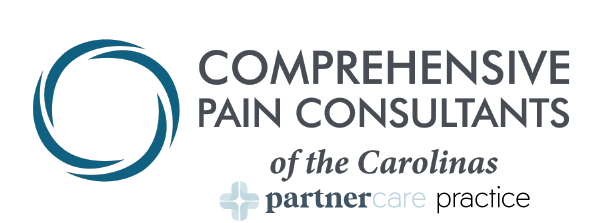Techniques for Coping with Phantom Limb Pain
If you or someone you love has had an amputation and is experiencing discomfort in the area of the amputation, our interventional pain physician team put this post together with you in mind! We are so thankful you “stopped by” to read our blog today and hope you find it to be helpful.
Our topic today is phantom limb pain. We’re going to be sharing a little bit about what phantom limb pain is, what types of treatments are available and a few helpful resources to learn more.
What is Phantom Limb Pain
Phantom limb pain is discomfort that a patient experiences in the area where a limb used to exist post amputation. Studies show that this discomfort can relate directly to pain that existed prior to the amputation or the specific site of the amputation.
This condition was first documented in the 16th century by a French surgeon, and much is still left to discover about it today in the medical community. However, many advances have been made regarding treatments and therapies that can help manage the symptoms.
Symptoms
This discomfort can occur in or around the amputation site as well as in the body part that no longer exists. Although the name implies only pain, Phantom Limb Pain can occur in a variety of sensations, including:
Twisting
Burning
Itching
Pain
Pressure
Piercing
Many times, these sensations begin immediately following the amputation procedure. Over time, some patients experience a decrease in intensity of these symptoms, especially after the first six months have passed. We encourage patients to remember that each chronic pain condition is unique, and that phantom limb pain is no exception. At CPC, we will thoroughly assess your specific concerns and offer several customized comprehensive pain solutions.
Treatments
It is highly recommended that patients with Phantom Limb Pain get help as soon as possible following the onset of symptoms. As with many chronic pain conditions, the earlier the treatments can begin, the greater the chances for success.
Some of the more common treatments for Phantom Limb Pain include:
Medication: Opioids, Antidepressants, Anticonvulsants, topical and/or oral anesthetics, muscle relaxants
Interventional Treatments: Deep Brain Stimulation, Nerve block or injection, spinal cord stimulation
Non-Interventional Therapies: Mirror box therapy, biofeedback, massage, ultrasound, acupuncture
Depending on the location of the patient’s amputation, there are many other therapies and/or treatments that could be added to this list. To see a complete list of our entire suite of interventional and psychological options, please visit our website.
Support
There are additional challenges that accompany the physical discomfort of phantom limb pain. Living with an amputation creates many different types of challenges and opportunities for support. Please consider looking into one (or more) of these organizations if you are looking for more than just physical pain relief.
The Amputee Coalition: A national organization created to empower those affected by limb loss. Find educational webinars, advocacy, peer support, prosthetist finder and more!
International Child Amputee Network: Resources for families of children living with limb loss or underdeveloped limb(s).
Wounded Warrior Project: Support, community and resources for veterans (includes but not limited to amputee support).
Abilities Expo: National conventions offering the latest technology in assistance for individuals with disabilities.
Mental Health America: Offers online screening tools and a national database of qualified providers who can help with the emotional, mental and psychological stress of living with limb loss.
Your pain management specialist can help with local referrals and support options as well. Call today to schedule an appointment with a member of your care team to learn more!
Comprehensive Pain Solutions
We know you hurt, but you don’t have to. Learn about our comprehensive pain management solutions. Whether you’re dealing with phantom limb pain, chronic back pain, diabetic pain, cancer pain or anything in between, we are here for you. Call today to schedule an appointment at one of our nine convenient North Carolina locations.

